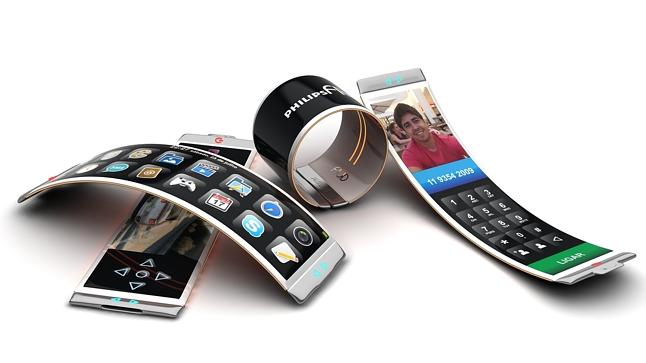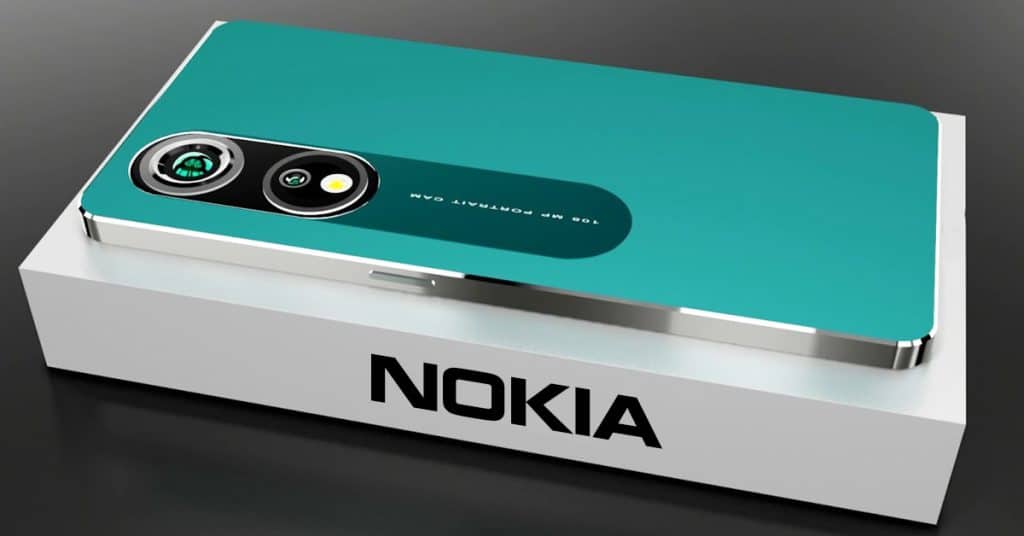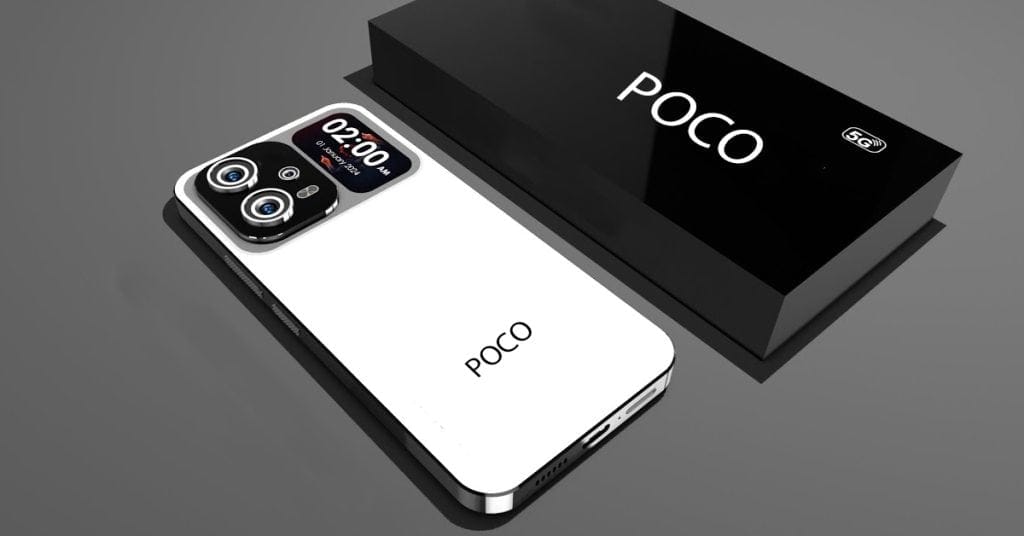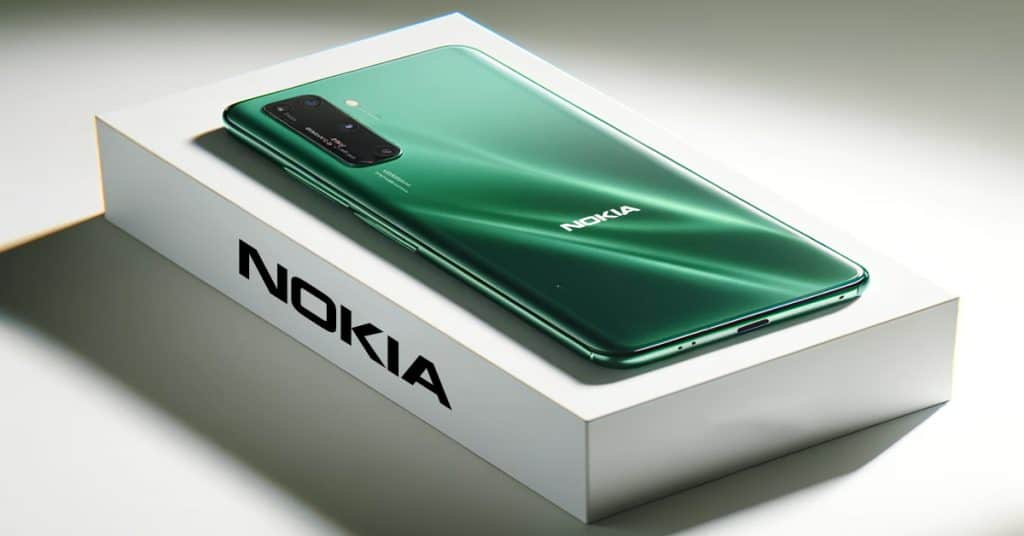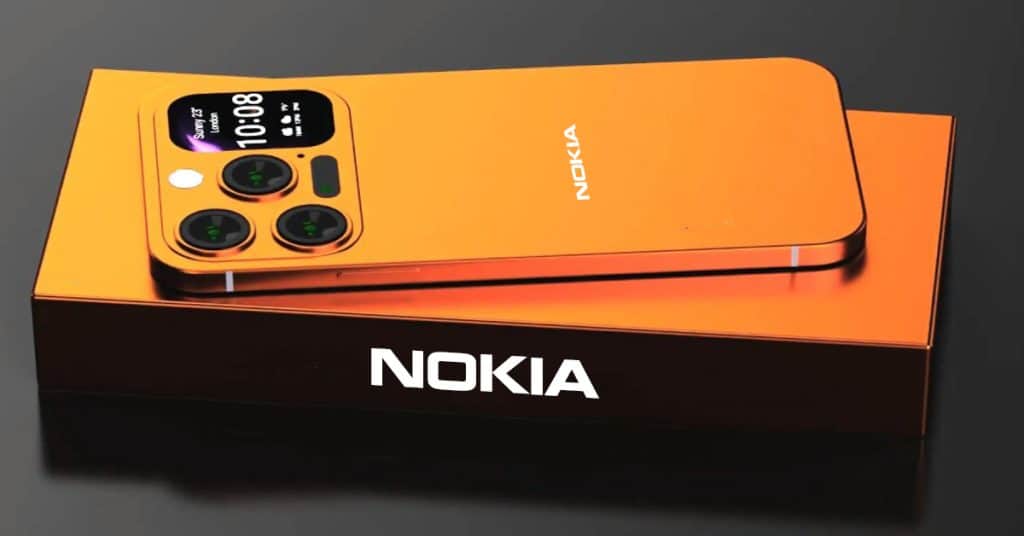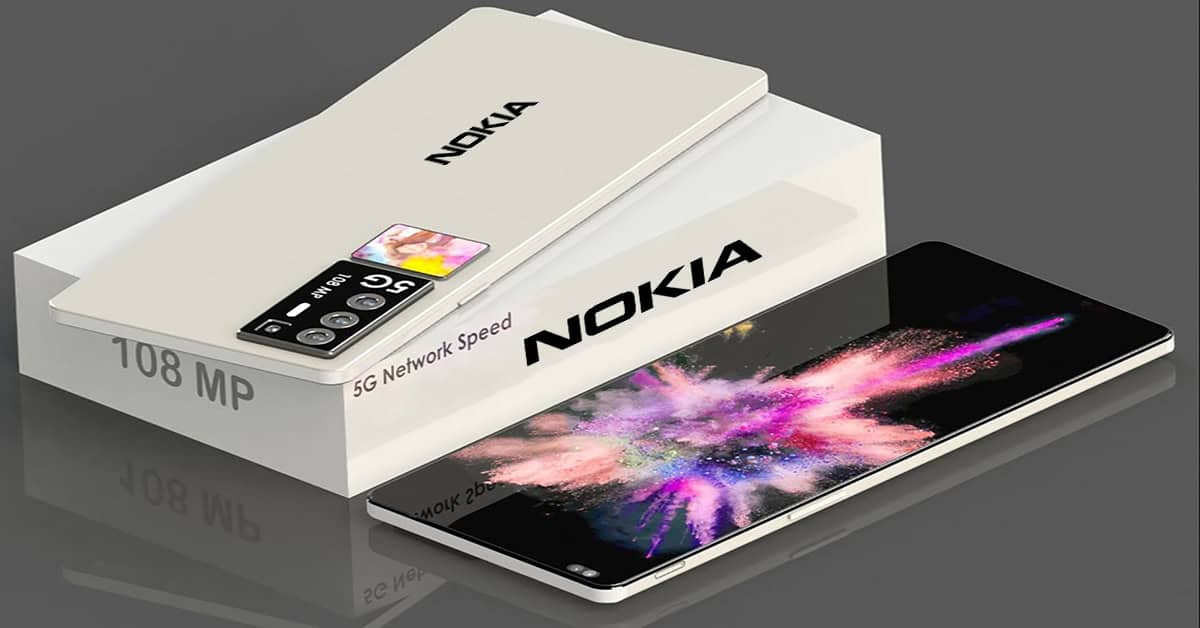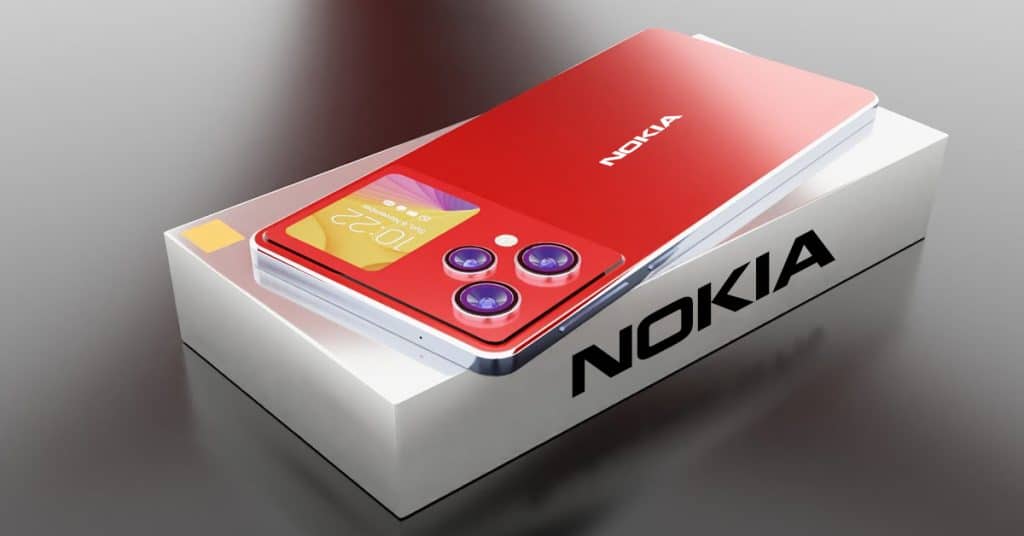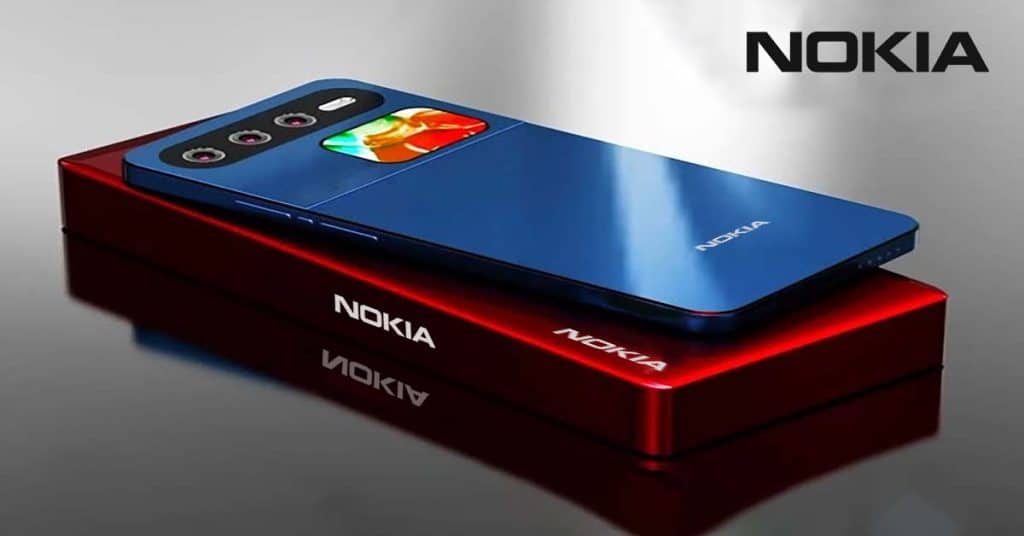LG invests in flexible OLED display
LG is making its big step to invest an amount of money in OLED display, which is expected to replace LCD for smartphones and other devices in the future.
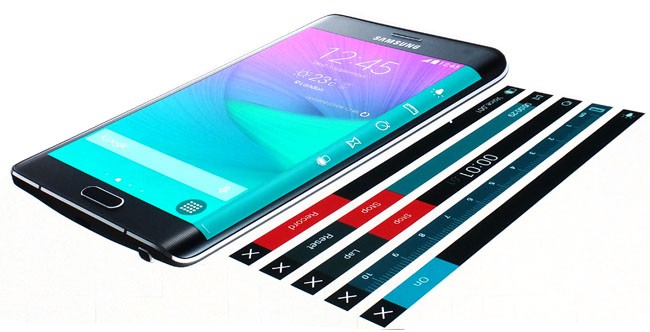
OLED display: new age of flexible devices
Almost all the smart phones today support 2 main types of screen capacity: AMOLED and LCD that I mentioned in one of my articles. According to that, AMOLED is sported inside most of the high-end phones such as Samsung. Meanwhile, LCD is suitable to average and low-end handset. Now LCD’s manufacturer – LG Display Co., one of the world’s biggest makers of display panels used in smartphones and televisions, seems to make a move in the right direction to invest in OLED display.
So what is OLED display? And why is it so hot that everyone seems to be investing in these days? OLED (Organic Light Emitting Diodes) is a flat light emitting technology. When electrical current is applied, a bright light is emitted. Because OLEDs emit light they do not require a backlight, thus they are thinner and more efficient than LCD displays. They can also be made flexible, even rollable and transparent. If you use Apple Watch, you will experience marvellous OLED, which is capable of producing brilliant color and contrast.
Although OLED display is not new, such technology has been used since 2001. Samsung made it wildly available with the introduction of the first Galaxy S in 2010. Years later, most high-end Samsung flagships appears with OLED technology, which allows the screen to bleed to the edge of the handset and to be curved. OLED technology, specifically OLED display is expected to replace liquid crystal displays (LCD) for smartphones as the standard technology in a few years.
OLED display: is it a wise investment?
In a press release, LG just announced that it will be investing 1.99 trillion won (approximately $1.75 billion) in a new 6th generation flexible OLED display production line in Paju, South Korea. The investment in a new production line will give LG Display, a supplier of mobile phone displays to Apple Inc., the ability to boost production in the second half of 2018 since Apple needs to make a major change or get stuck to liquid crystal display panels for its iPhone screens.
